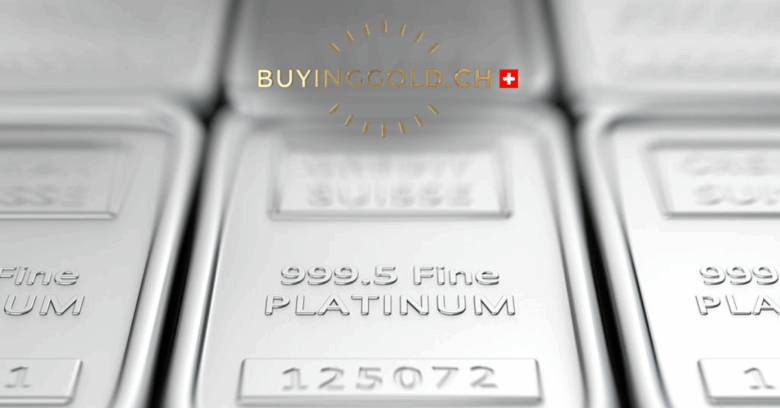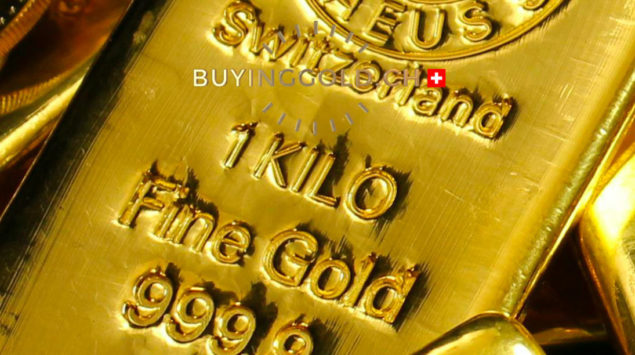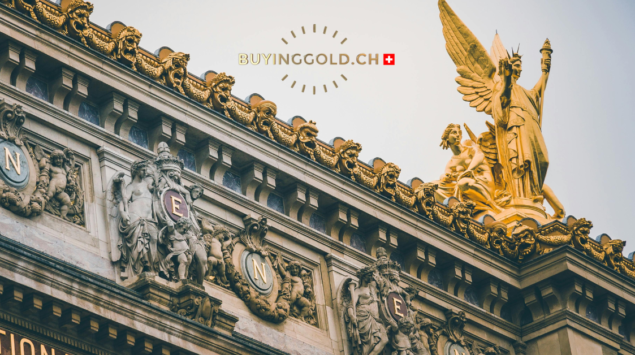
In an economic climate marked by persistent inflation, the energy transition, and geopolitical tensions, precious metals are once again attracting investors’ attention in 2025. While gold maintains its traditional role as a safe haven, investing in platinum is emerging as a strategic alternative for those looking to diversify their portfolios.
But is platinum a good investment in 2025? How does it compare to gold? Here’s an in-depth look at the market, its dynamics, and its prospects.
A narrow market dominated by South Africa
Platinum is one of the rarest precious metals in the world. Around 70% of global production comes from South Africa, followed by Russia, Zimbabwe, and Canada. This geographic concentration makes supply vulnerable to climatic disruptions, labour unrest, and geopolitical risks.
In 2025, global mine output is expected to fall by 6%, worsening a supply deficit that has persisted since 2022. Global reserves are also declining: according to the WPIC, they now cover barely three months of demand. This creates greater price volatility but also a medium-term opportunity for informed investors.
Investing in platinum vs gold: two complementary profiles
Comparing investing in platinum and gold means comparing two different investment strategies.
- Gold is historically seen as a store of value. It benefits from high liquidity, broad market access, and constant demand from central banks, jewellers, and investors.
- Platinum, on the other hand, shows greater volatility but also stronger growth potential due to its increasingly diverse industrial uses.
Another difference lies in production: gold is mined in many countries, spreading supply risks, while platinum depends almost exclusively on a few regions. This makes it more speculative but also more sensitive to supply shocks.
Ultimately, investing in platinum is less about capital protection and more about boosting a precious metals portfolio in 2025.
Demand drivers in 2025
Global platinum demand is estimated at 7.96 million ounces in 2025, a slight decline overall, though with contrasting trends across sectors.
- Automotive: historically the main driver, demand is down 2% due to the shift to electric vehicles. However, hydrogen fuel cells, which use platinum as a catalyst, could provide a new source of growth in the medium term.
- Jewellery: demand is up 5%, particularly in Asia, where platinum remains a symbol of prestige and purity.
- Industry: down 15%, mainly in glassmaking and chemicals, amid slower global growth.
- Investment in platinium: though representing less than 10% of total demand, it is growing rapidly, especially through coins and bars for private investors.
A medium-term opportunity for investors
Since early 2025, platinum prices have risen by nearly 19%, reaching around $1,050 per ounce—a continuation of the upward trend that began in 2020. The persistent supply deficit, combined with sustained demand in key sectors, could drive prices back towards 2021 levels ($1,350/oz).
Investors can gain exposure to platinum through physical assets such as :
- bars (1 oz to 1 kg) certified by recognised refiners
- investment coins like the Maple Leaf or Britannia, which are more liquid and sometimes tax-efficient. Exchange-traded funds (ETFs) and derivatives also offer more flexible strategies.
Investing in Platinum: a strategic asset among precious metals in 2026
In conclusion, investing in platinum represents a strategic diversification opportunity in 2025. Less publicised than gold, yet rarer, more volatile, and more industrially exposed, it provides access to another dimension of the precious metals market. In a balanced portfolio combining safety and growth, gold and platinum are not rivals but partners: gold offers stability, while platinum adds dynamism. In a rapidly changing world, this balance can become a real performance driver.













